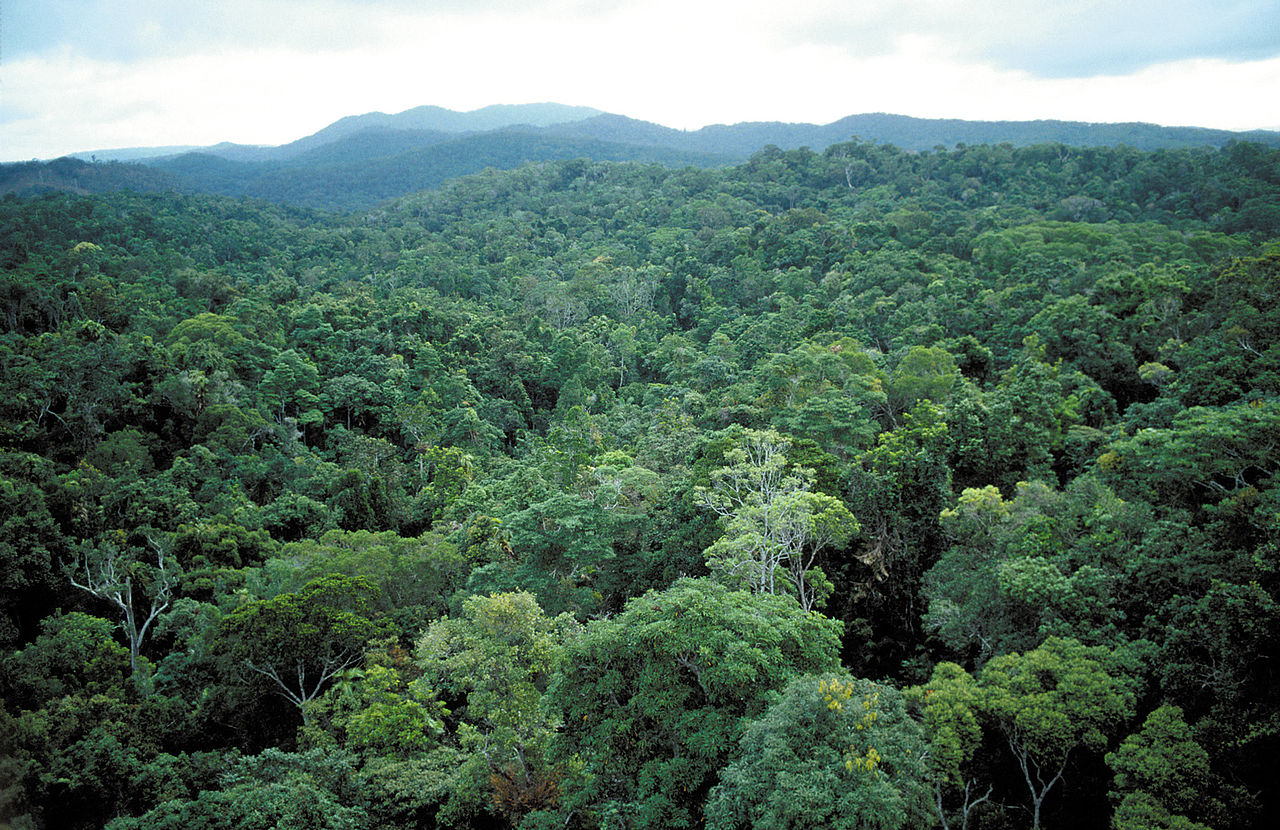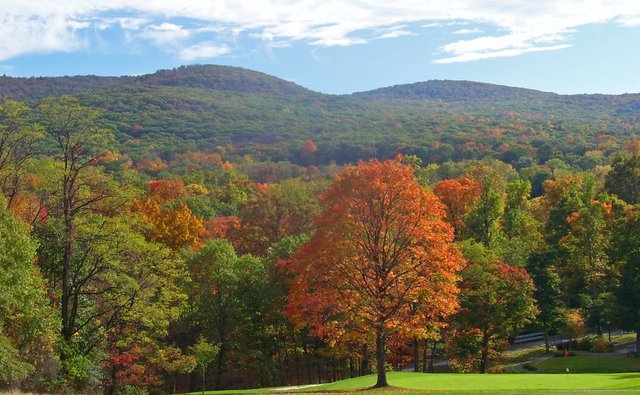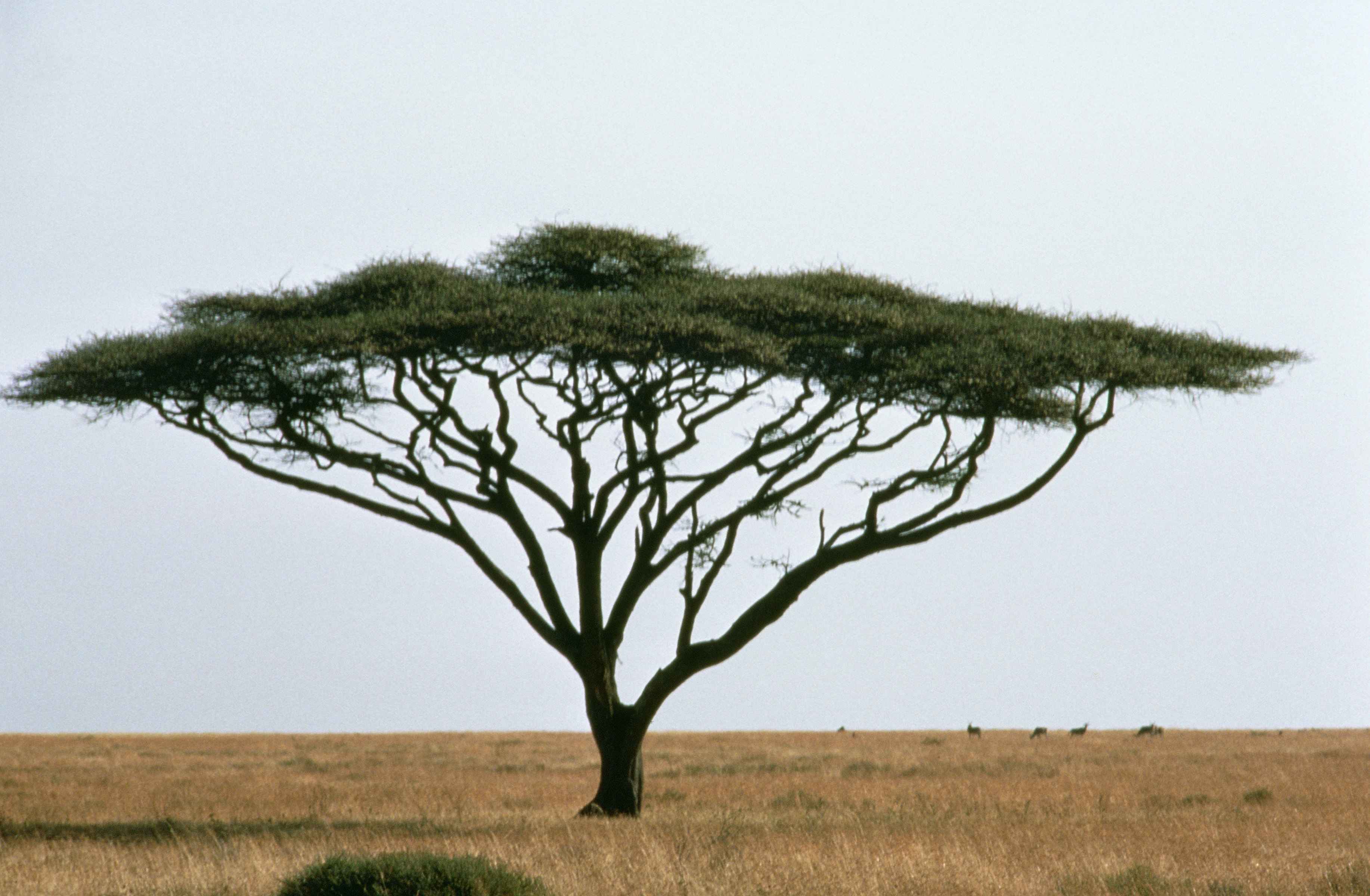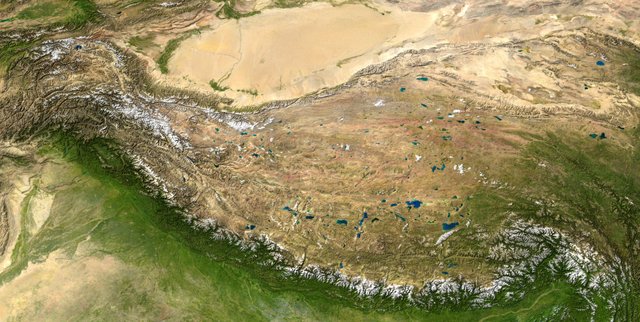Factors influencing vegetation
Green plants, whether they are trees, shrubs, herbs or grass, make up the plants cover of the earth, we call this vegetation. Vegetation may be natural (i.e. not grown or planted by man), or man-made (i.e grown by man). It may also be primary (i.e. as it was originally without the area having been previously cleared), or secondary (i.e. new vegetation that has grown up after the original plant cover has been destroyed). Much of the vegetation on earth today is secondary.
Factors which influence vegetation
There are four major factors which influence the nature and growth of vegetation. These are: climate, soils, nature of the surface, and man. Where the factors are favourable, plants grow well, where they are not, plant growth is slowed down.
Climatic factors
These include temperature, rainfall, insolation and winds.
- The most critical of these factors are temperature and rainfall and a proper balance must be maintained between the two for plants to grow well. An example, in cold lands,plants growth is impossible below 6°C no matter how heavy the rainfall is. That is why, in the temperate lands, plants grow well only in the summer when temperatures rise beyond this critical level, but shed their leaves and remain dormant in the winter when temperature drop below 6°C. In the cold tundra region, there is no plant life most part of the year.
In hot dry lands where the temperature is adequate all the year round for plant growth, rainfall becomes the critical factor. In these lands, where rainfall is light and below 25cm per annum, even this little amount is lost by evaporation, so deserts prevail. where it is moderate and seasonal, grasslands occur while heavy rainfall all year round gives rise to forest.

Tropical rainforest
Temperature and rainfall affect not only the density of the plant cover, but also the types and abundance of plant species. Certain trees like Iroko, Obeche and Mahogany are tropical species because they tolerate high temperatures and heavy rainfall. Pines, oak and poplar, which can thrive in lower temperatures, are found in the temperate region. Also, the colder the climate, the fewer the plant species that can survive. Hotter, wetter climates have infinitely more plant species.

Temperate forest
Winds affect vegetation too. Persistent strong winds in one direction may permanently disfigure trees and bend them in the direction may permanently disfigure the trees and bend them in the direction of the winds. In the African savannas, strong winds from diverse directions force the plants to adopt and umbrella shape and thus show a thin edge to the wind.

CreditSunlight also affects vegetation. As we know, plants need sunlight to grow well. That is why the leaves and branches always grow towards the source of light. We say that they are positively heliotrophic.
It i s for these reason that , in the tropical rainforests, some trees pierce through dense canopy of the leaves of the leaves of other trees and grow really tall in search of sunlight. It is for this reason too, that farmer cut down some trees and lob off branches of others on their farms before they plant their crops. This makes the crops get enough sunlight to grow well.
Soil factors
Soil factors, otherwise called edaphic facors, are also relevant. The actual thing about rainfall that matters to plants is not the amount that has fallen, but the quantity that remains in the soil to become available to plant roots. The nature of relief and soils is therefore important to vegetation in this regard.
A soil that retains water supports denser vegetation than one that does not . Also, different types of soils determine the types of plants that grow on them. Thus, oil palms grow well on the acidic soils of eastern Nigeria, while mangroves thrives on the waterlogged soild of the Niger Delta.
Factors of landforms
Factors of landforms, known as geomorphic factors, affect plant growth in at least three ways.
First, where every other thing is equal, steep slopes, which have rapid run-off, have less dense vegetation than more time to sleep into the soil.
However, since we know that highlands induce orographic precipitation precipitation, the windward side of highlands, where more rain falls, supports denser vegetation than the drier leeward side. That is why, for instance, the Adamawa Highlands in Nigeria have richer vegetation than the leeward side of Cameroun Mountains.

Tibetan plateau rain shadowThirdly, very high mountains have an arrangement of vegetation all their own. The warmer slopes with deeper soils are normally forested. The middle slopes have shrubs and grass, while temperate ferns predominate on the cold hilltops where the soils are thin. Some mountain peaks, even in the equatorial region, like the Kilimanjaro Mountain (always) and the Cameroun Mountain (sometimes), are clad with snow.
Biotic factors
Biotic factors relate to man and his animals, and they affect vegetation too. Whereas animals graze and destroy vegetation, man can destroy as well as grow plants. He cuts down trees to give way to roads, houses, factories and other cultural features. He burns bushes for farming, and harvests timber from the forests.
however, man also alters the plant cover of a place by planting more trees either as ornamental, crop plantations, farms or forest reserves.
Reference
http://www.physicalgeography.net/fundamentals/9i.html

You received a 80.0% upvote since you are a member of Geopolis.
To read more about us and what we do, click here.
https://steemit.com/geopolis/@geopolis/geopolis-the-community-for-global-sciences-update-4
Thank you for this informative post. You really did a great job.
Thanks for the encouragement.
Thanks for that good post, it was well presented, and informative.
It's also interesting to see at first hand the different types of vegetation over small distances sometimes.
Thanks, see you around.
Thanks for going through my blog.
very steady scenery is very green
nice write up
Thanks bro